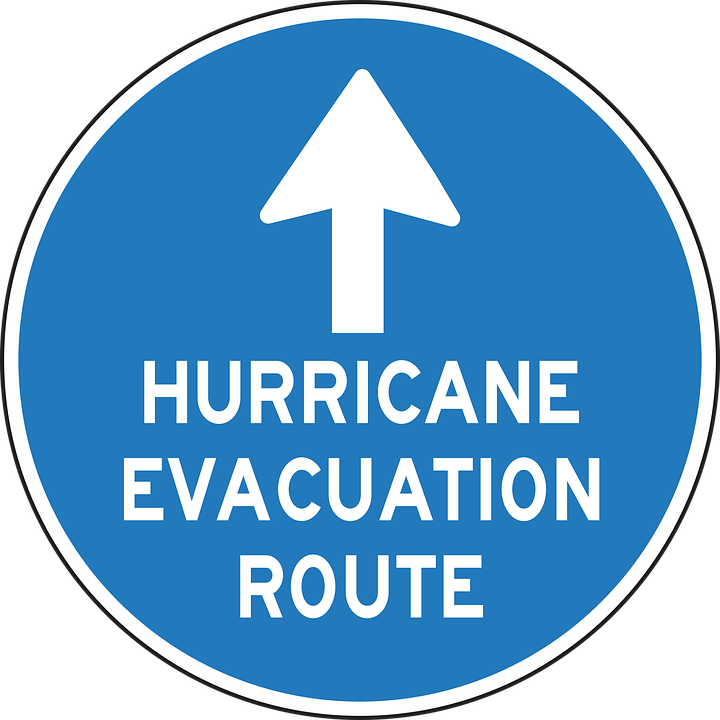
The Hurricane Ima weather disaster claimed the lives of nine nursing home residents in Florida who died as a result of lack of A/C due to power outages and non-working backup generators. In Texas, Hurricane Harvey brought attention to the fact that an El Paso, Texas, nursing home had no plan for how to bring wheelchair-dependent people down flights of stairs, while many others had to wade through waist-deep floodwaters to exit the facilities. As a result of these disturbing occurrences, Senators in the nation’s capitol held a hearing to evaluate the disaster preparedness and response for older Americans following natural disasters.
The Centers for Medicare & Medicaid Services (CMS) emergency-preparedness mission statement on its website that seemingly addresses emergency preparedness stating that the Web site provides information and tools, utilizing an “all hazards” approach for disruptive events such as:
- Pandemic flu (e.g., H1N1 influenza virus)
- Hurricanes
- Tornados
- Fires
- Earthquakes
- Power outages
- Chemical spills
- Nuclear or biological terrorist attack
- Etc.
CMS details in a 42-Page DECLARED PUBLIC HEALTH EMERGENCIES – ALL HAZARDS HEALTH STANDARDS AND QUALITY ISSUES document that:
In most cases, mass emergency evacuations billed to Part B are for nursing home patients from ambulance suppliers. Medicare skilled nursing facilities and Medicaid nursing facilities are required to have an emergency evacuation plan as a requirement for participation. Many will have insurance to cover these situations. If the facility has insurance that will cover the evacuations, Medicare is the secondary payer.
But still, many nursing homes have no or very little plan for evacuation during emergency disasters events. During the past four years, nursing home inspectors issued 2,300 violations of emergency-planning rules and it is reported that a third of U.S. nursing homes have been cited for a major failing to inspect their generators each week or to test them monthly in preparation for any type of emergency. The heightened attention brought by the deaths at the Rehabilitation Centers recently and in the past (Hurricane Katrina, 2005)have pushed new federal disaster-planning rules for nurisng facilities to comply to by mid-November.
Reported in the news this week, the Senate Special Committee on Aging held a hearing on Capitol Hill to discuss common-sense solutions to the nation’s recent natural disasters events. Chairwoman Sen. Susan Collins displayed the graphic images of nursing home residents sitting partially submerged in water in Texas. Committee member Sen. Thom Tillis proposed that older evacuees should be tracked better throughout the lifecycle of the evacuation process according to reports.
